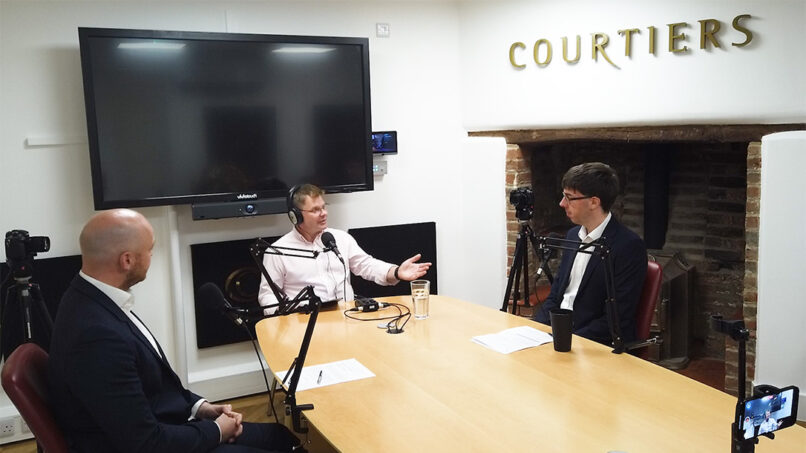Having suffered their worst start to the year since 1970, global markets bounced back in July with the MSCI World index returning nearly 8% in local currency terms. The rally was led by the US, with tech giants Amazon and Apple publishing better-than-expected earnings last week despite inflation limiting consumer spending.
The price of oil continued to decline in July having rallied throughout much of the year due to the uncertainty surrounding the Russia – Ukraine conflict. Both West Texas Intermediate and Brent crude oil dipped below $100 per barrel during the month, with the decline attributed to increased signs of a global economic slowdown, particularly in China, the second largest consumer of oil, which has had to endure further lockdowns due to Covid-19 outbreaks.
In the foreign exchange markets, the strength of the US dollar and the weakness of the euro resulted in the two currencies reaching parity for the first time since 2002; in other words, the value of one euro fell as low as $1 and even dipped below it for brief periods. The recent weakness of the euro is largely due to the Eurozone’s dependence on Russian energy supplies, compounded further by high inflation.
Full round-up of July market performance
In the UK, the FTSE 100 index gained 3.67% while medium and smaller companies, measured by the FTSE 250 ex IT index and the FTSE Small Cap ex IT index respectively, picked up 9.13% and 3.50%. In the US, the S&P 500 USD index climbed 9.22% while in Europe the Eurostoxx 50 EUR index rose 7.47%. Japanese stocks measured by the Topix JPY index gathered 3.72%.
Emerging markets returns were more mixed, with the MSCI Emerging Markets index rising just 0.19% in local currency terms. Indian stocks measured by the Nifty 50 INR index gained 8.73% while Latin American equities, measured by the MSCI Latin America local currency index, increased 3.90%. However Chinese equities measured by the MSCI China local index slumped 9.36%.
In the fixed income market, UK government bonds, measured by the FTSE Gilts All Stocks index, climbed 2.62%, with long dated (over 15 years to maturity) gilts rising 3.88%. Sterling denominated corporate bonds, measured by the Markit iBoxx Sterling Corporates index, were up 3.54%. In the high yield market, the Bank of America Merrill Lynch Sterling High Yield index returned 3.03%.
There were mostly negative returns in the commodities market. The S&P GSCI USD index, which consists of a basket of commodities including oil, metals and agricultural items, ended the month down 0.04%. Crude oil futures dropped 6.75% during the month. In the agricultural markets, corn and wheat futures declined 17.14% and 7.02% in USD respectively. In the precious metals markets, the S&P GSCI Gold and Silver indices slid 2.34% and 0.59% in USD respectively.
In the currency markets, it was a mixed month for the pound as it depreciated 0.06% against the dollar and 1.87% versus the yen but climbed 2.56% against the euro.













